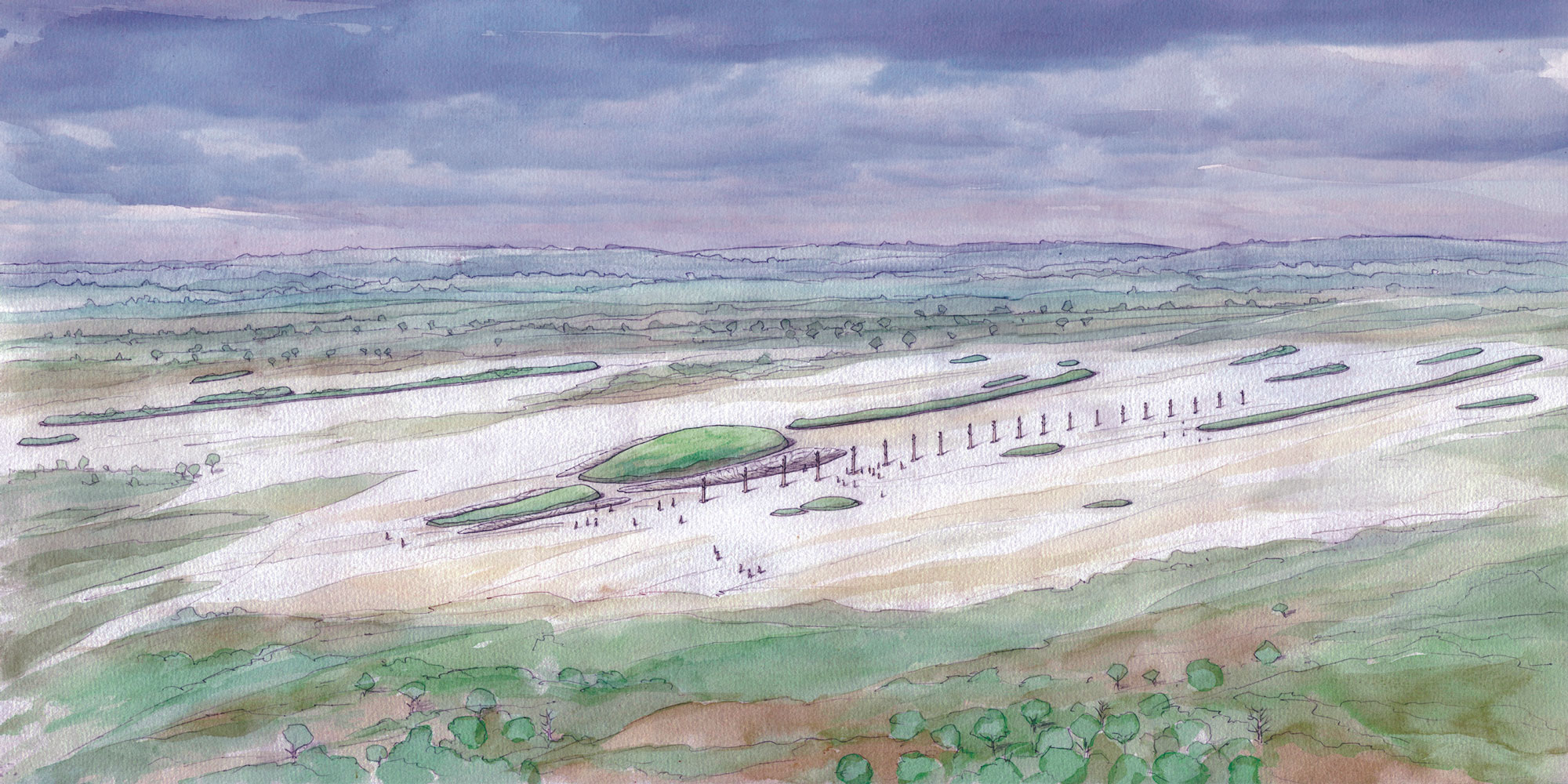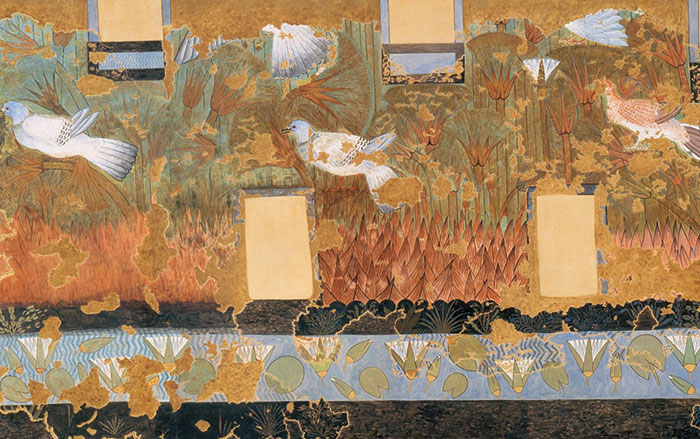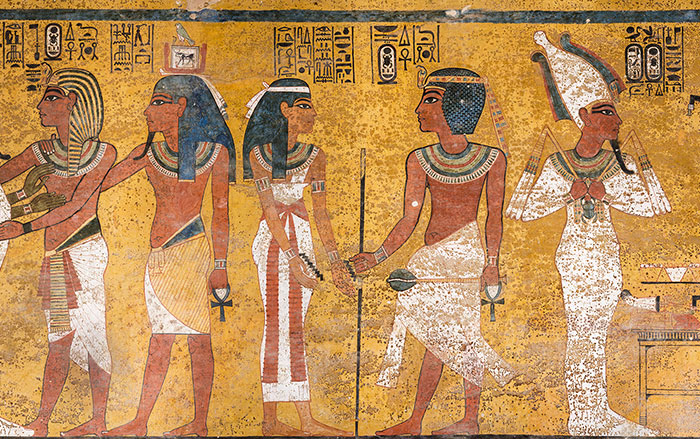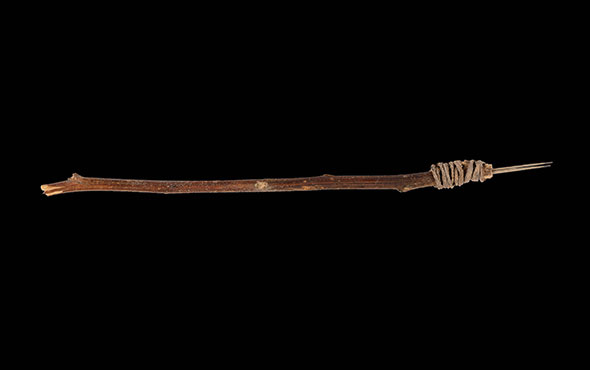DOVER, NEW HAMPSHIRE—The Associated Press reports that archaeologists led by Meghan Howey of the University of New Hampshire investigated the site of the Second Meetinghouse, which was built in 1654 for the congregation of the First Parish Church on New Hampshire’s Dover Point. The first meetinghouse, located further south on the tip of Dover Point, was abandoned when the colonists built a village to the north. The excavators uncovered the structure’s floor, which is thought to have been made with clay brought from nearby rivers. Two postholes detected in the soil may have been part of the structure’s foundation. Howey said that historic records indicate the structure was repaired in 1658. She thinks the second post may have been installed to shore up the first one at this time, and rocks at the site may have been moved there to stabilize the posts. The parish used the Second Meetinghouse until 1720, when all services were transferred to the third church building constructed in the new center of Dover. Church historian Diane Fiske speculates that bricks at the site may have been part of a replica meetinghouse constructed in the 1800s for a Dover Old Home Day festival. Children who visited the replica meetinghouse may have been given slate pencils like the ones discovered at the site last year, she added. For more on architecture in the American colonies, go to "Fairfield's Rebirth in 3-D."
Colonial-Era Meetinghouse Uncovered in New Hampshire
News July 23, 2019
Recommended Articles
Off the Grid January/February 2026
Prophetstown, Indiana

Letter from France January/February 2026
Neolithic Cultural Revolution
How farmers came together to build Europe’s most grandiose funerary monuments some 7,000 years ago

Features January/February 2026
The Cost of Doing Business
Piecing together the Roman empire’s longest known inscription—a peculiarly precise inventory of prices

Features January/February 2026
The Birds of Amarna
An Egyptian princess seeks sanctuary in her private palace

-
Features May/June 2019
Bringing Back Moche Badminton
How reviving an ancient ritual game gave an archaeologist new insight into the lives of ancient Peruvians
 (Courtesy Christopher Donnan, Illustration by Donna McClelland)
(Courtesy Christopher Donnan, Illustration by Donna McClelland) -
Features May/June 2019
Inside King Tut’s Tomb
A decade of research offers a new look at the burial of Egypt’s most famous pharaoh
 (Courtesy Factum Arte)
(Courtesy Factum Arte) -
Letter from the Dead Sea May/June 2019
Life in a Busy Oasis
Natural resources from land and sea sustained a thriving Jewish community for more than a millennium
 (Duby Tal/Albatross/Alamy Stock Photo)
(Duby Tal/Albatross/Alamy Stock Photo) -
Artifacts May/June 2019
Ancestral Pueblo Tattoo Needle
 (Robert Hubner/Washington State University)
(Robert Hubner/Washington State University)



